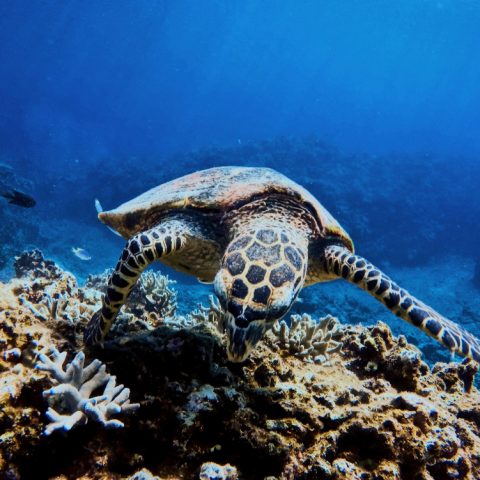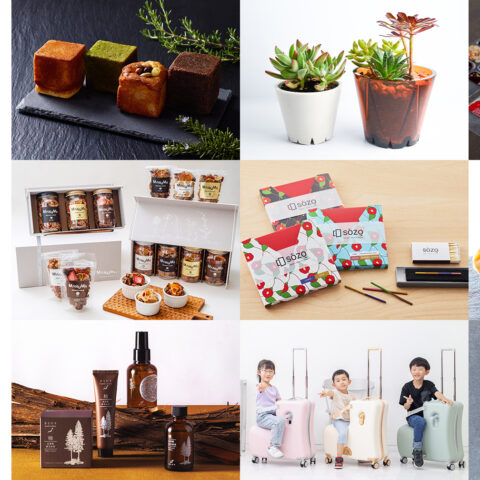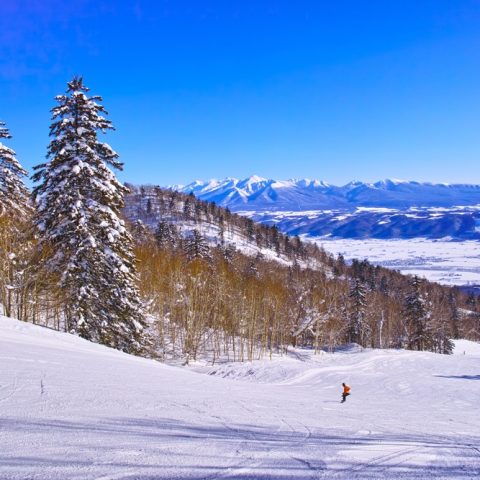
The great thing about living in Kyoto is the amount of history within the city. From tea houses more than 300 years old to restaurants that have been serving food for half a millennium, Kyoto has them all within reasonable biking distance from each other.
Here are just a couple of food places with rich history that you should mark on your radar.

Honke Owariya
Honke Owariya started as a confectionery store that later evolved into a soba restaurant, and has been running for more than 540 years. It was opened in the Muromachi Era (1465 C.E.) and later supplied soba to many temples in the 1700s, even becoming the imperial purveyor of soba-noodles.
Due to popular demand, the soba used for the dishes are all machine-made. But every year on the 14th of December, and from the 2nd to 3rd of February, hand-made options are available.
Nonetheless, Owariya’s soba is so popular that there is often a long line of people waiting outside for a bite. Their staple dish, Hourai Soba, is a multi-tiered bento with each layer containing a different soba dish.

If you’re on a budget, their Kake Soba dish is a good choice. Made with special ‘Owariya’ soup, it has an authentic taste with the saltiness of the dashi (soup) and the delicious soba noodles, perfect for a quick lunch.

For dessert, the Soba-gashi set has the famous soba rice cake and soba-ita biscuits for a cheap 330 yen! The skin of the soba rice cakes is made from buckwheat which complements the sweet red bean filling inside. The soba-ita biscuits also have the sweet and savory taste of buckwheat without any oiliness, great for a light snack.
Given the strong ties between Owariya and Zen Buddhism, every month a monk from a Zen temple visits the shop and chants a sutra. This is a custom that dates back to the Edo period when the priests of the Rinzai sect would come to bless the store in exchange for a meal of soba. Even now you can occasionally hear Buddhist chants from time to time in the store.
The best aspects of Owariya are its accessibility and reasonable prices. I highly recommend anyone visiting Kyoto to check it out – it’s not every day that you get to dine on the same soba that the Emperor enjoys.
INFO:
Open: 11am – 7pm, last order 6pm *Sweets sell from 9am*
Address: 322, Niomontsukinukecho, Nakagyo-ku, Kyoto-shi, Kyoto 604-0841

Nishiki Market
While not a restaurant, Nishiki Market is a great place for cheap eats that has existed since the 700s to 800s C.E. Named Gusoku-koji, it was originally a fish market, but later on the underground water system and convenience of its location allowed various shops to flourish. It wasn’t until 1054 that Emperor Goreizei renamed it to what it is now known as: Nishiki-koji. With a vast array of food available, here are the few must-tries:

Rai: Egg in octopus.
This dish consists of a quail egg cooked inside the head of an octopus. The powdery texture of the yolk provides a good contrast to the slippery chewiness of the octopus. Mmm… scrumptious.

Tofu Donuts:
At 10 donuts for 300 yen, it’s a bargain that all vegans will love.
INFO:
Open: 10am – 6pm
Address: Nakauoyacho, Nakagyo Ward, Kyoto, 604-8045

Ichimonjiya Wasuke
Ichimonjiya Wasuke is Japan’s oldest confectionery. Housed in a traditional style home that’s rumored to be the 14th oldest building in the World, Ichimonjiya has been serving tea and aburimochi (grilled rice cakes) since the 1000s C.E.

At a sweet 500 yen per person, you can dine on the same crispy mochi rice cakes topped with soybean paste that the samurai from the Heian Period (794 to 1185 C.E.) enjoyed.
INFO:
Open: 10am – 5pm *Closed on Wed*
Address: 69 Murasakino Imamiyacho, Kita Ward, Kyoto, 603-8243
75 492 6852

Kawabata Doki
Talk about the elite of the elite in confectionery, the Doki family served chimaki to the imperial family for about 330 years, from 1536 to around 1868 C.E. What is chimaki? It is a steamed rice dumpling with red bean paste filling and wrapped in banana or bamboo leaves.
It is said that the founder provided the imperial family with chimaki during the Tenbun famine, proving to be a great help in sustaining them. Kawabata Doki’s specialty is their ‘Suisen Chimaki’ which are sold during the Gion Matsuri Festival in July as amulets to ward off evil and bad fortune.
Kawabata Doki’s chimaki are the best of the best. As such, you can only order them through reservation and the price tends to start from 3,000 yen.
INFO:
Onchimakishi Kawabata Doki
Open: 9:30am ~ 5:30pm *Closed Wed in Aug*
Address: 2-12 Shimogamo Minami Nonogami-cho, Sakyo-ku, Kyoto

Gekkeikan Okura
Gekkeikan Okura is a 380-year-old sake brewery situated in Fushimi. Opened in 1637, it was run by the Okura family alongside other sake houses during the Tokugawa period (1603 to 1868 C.E.). Having seen many years of turmoil, Gekkeikan Okura was one of the few sake breweries that survived the fires of the Battle of Toba-Fushimi in 1868.
It is now a sake factory and museum with a reasonable entrance fee of 400 yen for adults – Junmai Ginjo sake included! If you ever visit the Fushimi Inari Shrine, definitely stop by for a drink.
INFO:
Open: 9:30 – 16:30
Address: 247 Minamihama-cho, Fushimi-ku, Kyoto City 612-8660



